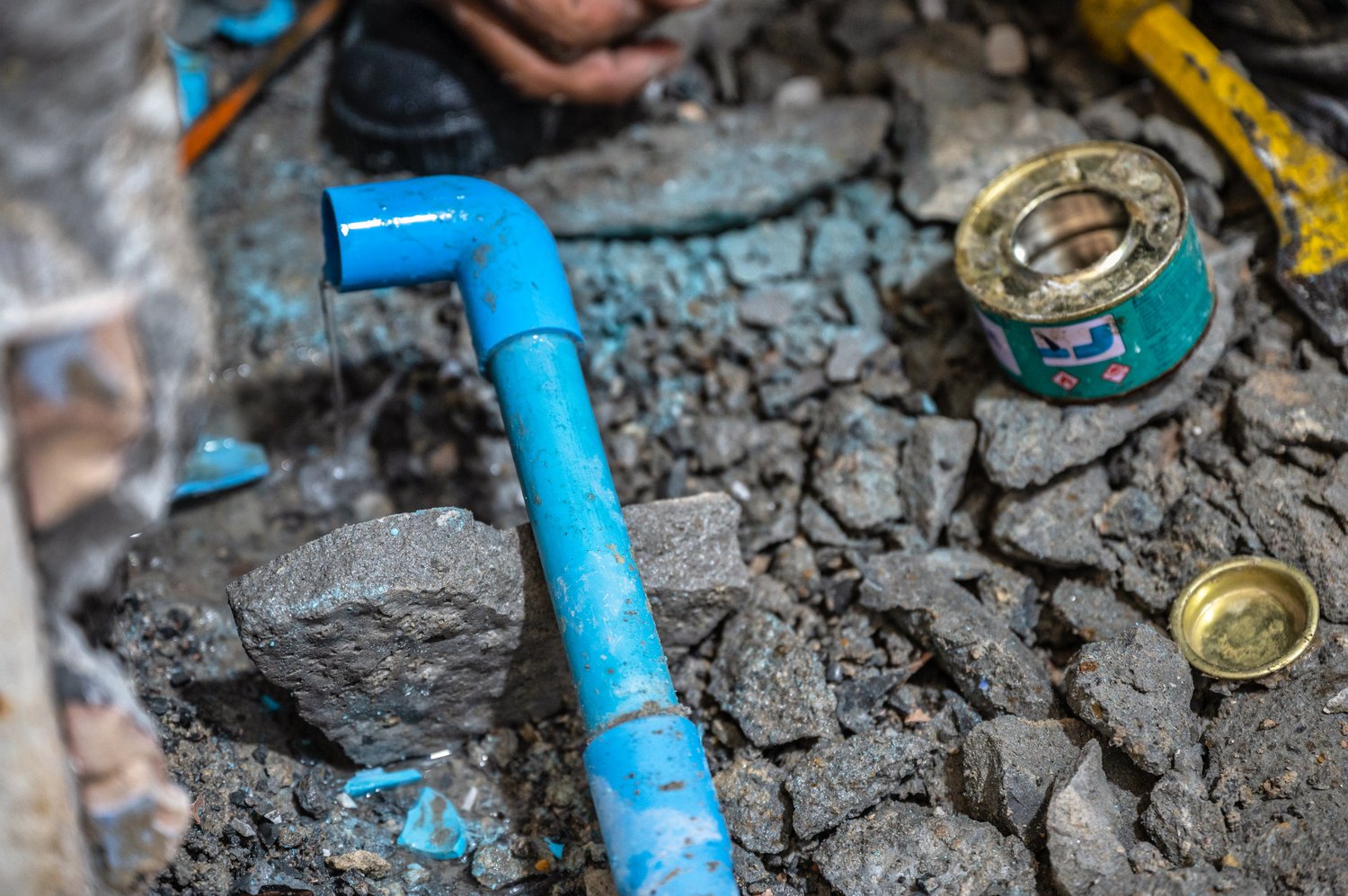Winter’s unforgiving chill can do more than just freeze your hands; it has the potential to transform your home’s plumbing into a ticking time bomb. Frozen pipes can lead to catastrophic damage, disrupting daily life and costing a fortune in repairs. It’s not just about keeping water flowing—it’s about safeguarding your entire plumbing system from disaster.
- Discover effective prevention techniques to ensure your pipes are insulated and protected during harsh winter months.
- Identify vulnerable areas that are more prone to freezing, and learn how to safeguard them properly.
- Gain insights into emergency thawing methods that can save you from costly damages when pipes freeze.
By understanding these crucial preventative measures and emergency responses, you empower yourself to maintain a secure and efficient plumbing system, potentially saving both time and money. Dive into the article to equip yourself with the knowledge you need to tackle those winter woes head-on.
Understanding the Dangers of Frozen Pipes and Effective Prevention Techniques
Frozen pipes pose a significant threat during the winter months, potentially leading to severe plumbing issues. When water inside pipes freezes, it expands, increasing the risk of pipe bursts, which can cause expensive repairs and extensive water damage.
Disruption to your home’s water supply is just one concern, as the aftermath can lead to mold and structural damage if not promptly addressed. Therefore, understanding how to prevent frozen pipes is essential to maintaining a safe and efficient plumbing system.
Implementing effective preventive measures is crucial. One such measure is ensuring that exposed pipes are well-insulated. Specialized insulation materials, designed for plumbing systems, can help maintain the necessary heat and minimize the risk of freezing.
In addition to insulation, maintaining adequate heat in vulnerable areas, such as garages and basements, is essential. Keeping an ambient temperature above freezing in these spaces can further protect your pipes from extreme winter conditions.
Identifying Vulnerable Pipe Locations and Applying Insulation
To prevent your pipes from freezing, it’s vital to identify the areas most prone to icy conditions. These typically include locations such as exterior walls, basements, and unheated crawl spaces. The colder the environment surrounding your pipes, the higher the risk of freezing.
Once you’ve identified these vulnerable locations, applying the right type of pipe insulation is key. Insulation works by retaining heat within the pipes, thereby lowering the risk of freezing. There are several specialized insulation options available, such as foam pipe sleeves and fiberglass wraps, tailored for temperature control and durability.
For maximum efficiency, ensure that the entire length of exposed pipe is covered, as even small gaps in insulation can lead to freezing. Invest in quality insulation materials designed specifically for plumbing to protect against harsh winter conditions reliably.
Consider sealing any cracks or openings near your pipes to prevent cold drafts from affecting their temperature. Every degree matters when it comes to preventing frozen pipes, so thorough insulation and draft prevention are crucial components of your winterization strategy.
Emergency Thawing Methods for Fixing Frozen Pipes: Prevention Tips and Techniques
If your pipes become frozen, it’s crucial to take immediate action to prevent ruptures that can lead to costly repairs and water damage. Swift intervention is necessary to maintain the integrity of your plumbing system and ensure a continuous water supply.
One effective method for thawing frozen pipes is to use a space heater. Position the heater a safe distance from the frozen area, ensuring it directs warm air towards the pipe. This helps gradually increase the temperature, aiding in the safe thawing of frozen sections without causing damage.
Alternatively, a hair dryer can be a practical tool for thawing pipes. Set the hair dryer to a medium heat setting and carefully move it back and forth along the frozen section. This ensures even warming and minimizes the risk of overheating a particular spot, which might damage the pipe.
Another reliable option is the application of heat tape. This specialized tape generates heat along its length and is highly effective for thawing purposes. Follow the manufacturer’s instructions carefully to ensure proper use and achieve the desired results safely.
Understanding the correct approach when choosing any of these thawing methods is essential for maintaining safety. Begin by confirming that the pipe is not damaged before starting any thawing technique. Exercising caution prevents further damage and ensures effective and safe thawing of frozen pipes.
By familiarizing yourself with these thawing methods and implementing them when needed, you can protect your home from the adverse effects of frozen pipes, keeping your plumbing system functional and efficient during winter months.
Frequently Asked Questions About Fixing Frozen Pipes
Why are frozen pipes dangerous for my home?
Frozen pipes can lead to bursts, causing water damage and costly repairs.
What are the signs that my pipes might be frozen?
Unusual water flow, visible frost on pipes, and strange noises in the plumbing system.
How can I prevent my pipes from freezing?
- Insulate exposed pipes.
- Maintain a consistent temperature in your home.
- Seal leaks that allow cold air in.
What are the best emergency thawing methods for frozen pipes?
- Use a hair dryer or space heater.
- Apply heat tape carefully.
- Heat up the area using warm towels.
Should I call a professional if my pipes freeze?
If you are unable to thaw them safely or detect any damage, contact a plumber immediately.





